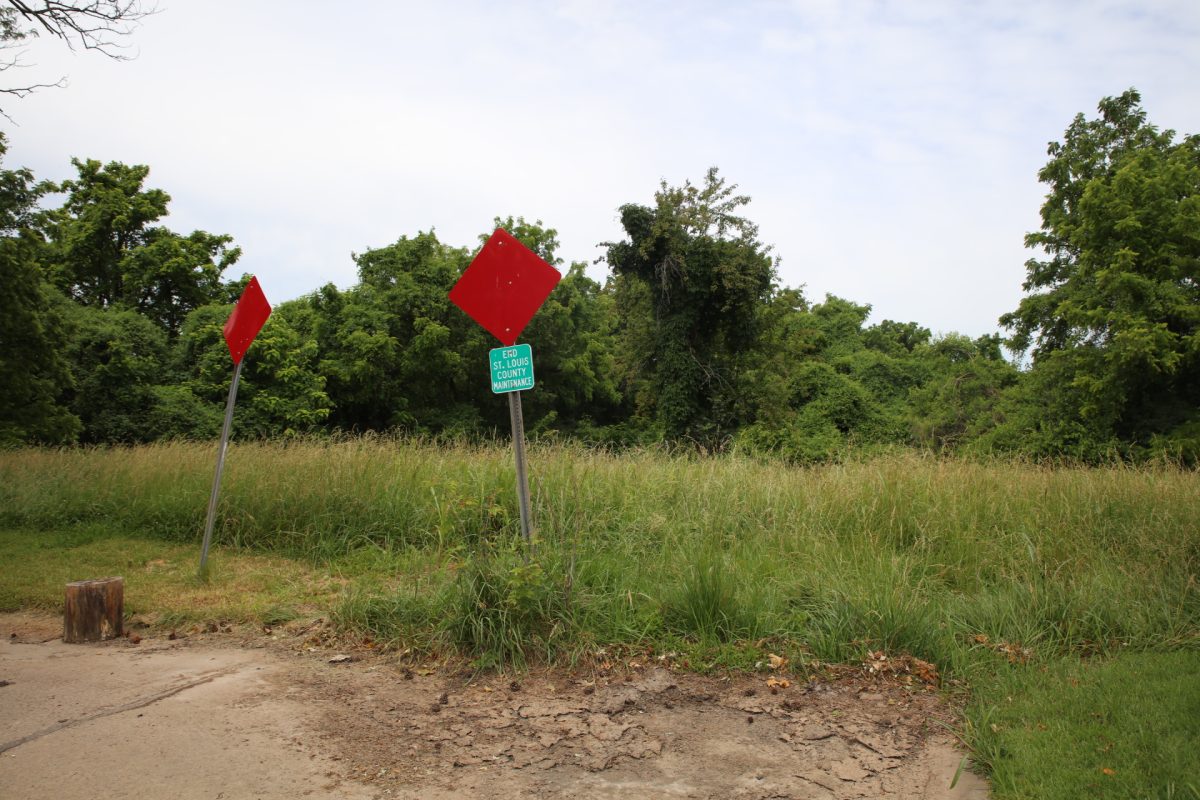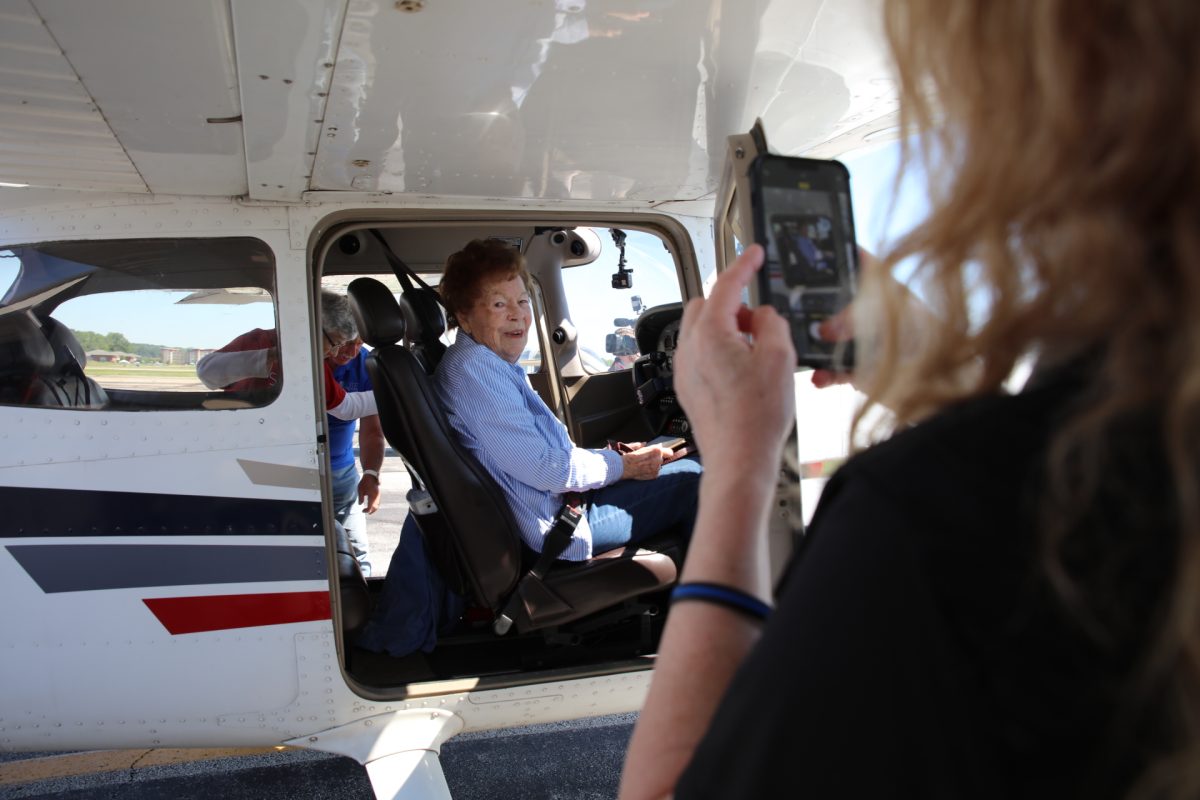Six months into the global COVID-19 pandemic, scientists are still learning about the novel virus and its effects.
The wide range of symptoms, with none universal, coupled with the fact that some people with the virus never have any symptoms at all, makes it harder to identify.
But a study released in August by the University of Southern California has identified the usual coronavirus symptoms and what order they typically appear.
“This order is especially important to know when we have overlapping cycles of illnesses like the flu that coincide with infections of COVID-19,” said Peter Kuhn, professor of medicine, biomedical engineering, and aerospace and mechanical engineering at the USC Dornsife College of Letters, Arts and Sciences. “Doctors can determine what steps to take to care for the patient, and they may prevent the patient’s condition from worsening.”
In findings published in the journal Frontiers in Public Health, USC researchers found that symptoms most commonly appear in this order: fever, cough and muscle pain, then nausea and/or vomiting, then diarrhea. That order differs from past pandemics like SARS.
Some people with the virus are completely asymptomatic and don’t even know they have it — although they can still spread it to other people. But the most common symptoms for COVID-19 are fever, cough and fatigue, with shortness of breath in more severe cases. The Centers for Disease Control has updated its list of symptoms to add chills, repeating shaking with chills, muscle pain and headache. Sore throat was also added to the list, but a study in China found that it was rare.
The University of California at San Diego published empirical findings that loss of smell and taste are symptoms of COVID-19. Originally identified as a symptom through a COVID-19 symptom tracker app, those with COVID-19 are 27 times more likely to lose their sense of taste and smell, according to a Mayo Clinic study.
Studies from the World Health Organization found that the most common symptoms were fever (87.9 percent), dry cough (67.7 percent), fatigue (38.1 percent), phlegm production (33.4 percent), shortness of breath (18.6 percent), sore throat (13.9 percent) and headache (13.6 percent). Another study found that more than half of those with the virus had symptoms like diarrhea, vomiting and abdominal pain. A preliminary study from Germany found that some patients showed symptoms more similar to a cold, like a runny nose.
How do you prevent transmission?
Epidemiologists say that the best way to prevent transmission of the virus is to wash your hands, avoid large groups and wear masks when you can’t stay 6 feet apart from other people. The mask advice is an about-face from initial guidance about the virus, but doctors say they were still learning how the virus transmitted when they gave that initial advice. The virus doesn’t spread as much outdoors as it does indoors.
The virus can most easily be spread through sustained close contact for more than 15 minutes with another person. But since it spreads through droplets exhaled or inhaled through the air, doctors recommend mask wearing to prevent infections. The droplets can travel at least 6 feet when exhaled, which is why experts say to stay 6 feet apart — but droplets could travel farther according to studies, so the 6 feet is a minimum, not a guarantee. Other studies have found large drops in risk if people stay just 3 feet away from each other.
Spread of respiratory droplets can be made worse by singing or talking — actions that push droplets out through the mouth. One person in Washington state infected 52 other participants in a church choir despite staying 6 feet apart. One study of a restaurant in China found that an air conditioner circulated air with the virus around, infecting customers.
Should you be worried if a roommate tests positive? How about a coworker?
It depends on whether that person is a close contact. Lori Gouffey, a nurse with the Adair County Health Department, said “close contact” means sharing air space with someone within 6 feet for 15 minutes or more.
Health departments use contact tracers to identify the close contacts of someone who has tested positive for COVID-19.
Jan Morrow, Ripley County public-health director, said the first thing contact tracers ask about is other people in the home. People living together in a small apartment or dorm room are at risk, as are families living in the same home.
Coworkers may or may not be considered close contacts, Morrow said. But people who share desks or work closely together should be considered close contacts.
Contact tracers will work with people who test positive to discuss their work environment to help make that determination, said Audrey Gough, Shelby County health director.
What if you’re the close contact of someone who is a close contact of someone who tested positive?
It’s a question Gough hears a lot.
“The person that’s been identified as a close contact has to quarantine,” she said. “But everyone else in the house can go about their normal day to day. It’s only the person that’s in direct contact with the positive case that has to quarantine. It doesn’t go beyond that level.”
But you should still monitor symptoms for 14 days.
Do you have to quarantine for two weeks if you’re not showing symptoms? What if you test negative?
You should quarantine for 14 days after you were last exposed to someone who tested positive, Gough said.
“Even though you’re not showing symptoms, we ask that you monitor every day. We ask that you take your temperature,” she said.

































